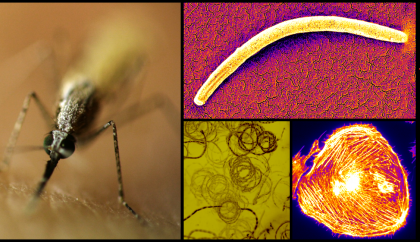
The need for speed: Why malaria parasites are faster than human immune cells
Elementary cytoskeleton protein is different in parasites and represents a starting point for a possible new therapy against malaria infections. Researchers …
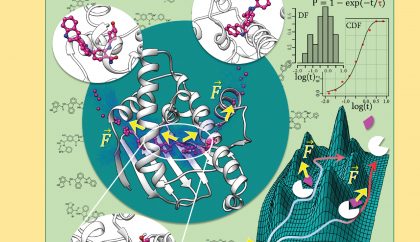
New computational method for drug discovery
HITS researchers developed tauRAMD, a tool to predict drug-target residence times from short simulations. The method is illustrated on the cover …
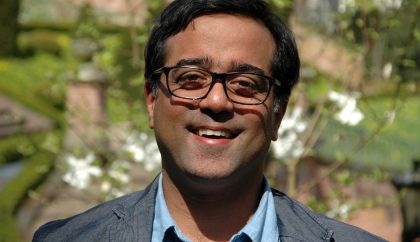
Accelerated reactions in condensed bio-matter?
HITS researcher Dr. Kashif Sadiq explores ribonucleoprotein granules, a condensed form of bio-matter found inside cells. He investigates whether the rate …
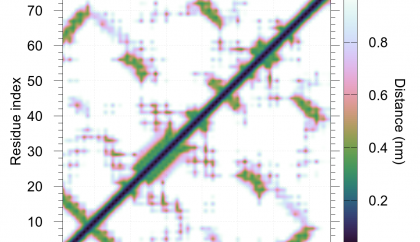
Protein analysis: Less is more
CONAN to the rescue! The new software-package for molecular dynamic simulations compresses 3D data to contact maps and helps to analyze …
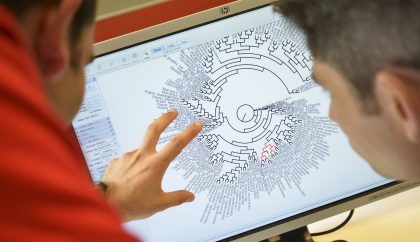
Phylogenetic Tools: Software Quality Tests Yield Best Practices
Life science research increasingly runs on software. A good fraction, perhaps even most of it, is made by academics, for academics: …
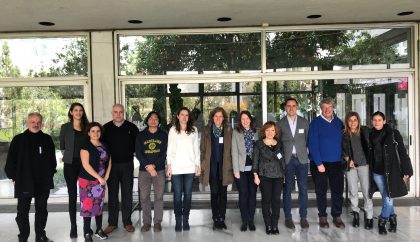
EuroNeurotrophin project starts
14 Early Stage Researchers to be trained in a European training network for the discovery of small molecule neurotrophin mimetics as candidate …

Better Weather Forecasts for Africa: Development Assistance 2.0
Precipitation forecasts are very useful for agricultural areas such as the Sahel. However, while there are reliable models and measurements for …
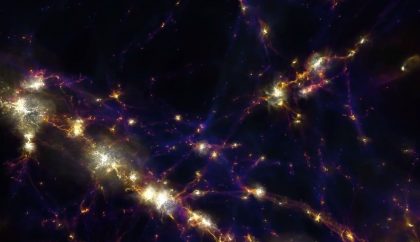
How black holes shape the cosmos
Astrophysicists from Heidelberg, Garching, and the USA gained new insights into the formation and evolution of galaxies. They calculated how black …
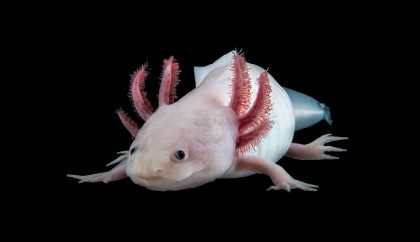
The largest genome ever: Decoding the Axolotl
A team of researchers led by scientists in Vienna, Dresden and Heidelberg has decoded the entire genetic information of the Mexican …
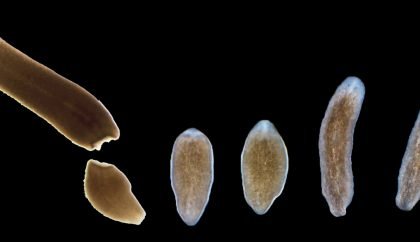
A new genome for regeneration research
The planarian flatworm Schmidtea mediterranea is an extraordinary animal. Even when cut into tiny pieces, each piece can regenerate back into …